An Aesthetician’s Honest Guide to Skin Treatments That Actually Work
After more than twenty years as a clinical aesthetician, I’ve seen it all. Every season brings a new miracle treatment splashed across social media, and clients walk in with their phones out, excited and hopeful. But my job isn’t to sell the latest trend. It’s to have a real conversation, look at your skin, hear what you’re hoping for, and give you an honest-to-goodness assessment. Great skin isn’t about chasing fads; it’s about understanding what a treatment is truly doing on a deeper level.
In this article
The internet can be a confusing place, full of advice that ranges from unhelpful to downright risky. So, I want to pull back the curtain on three treatments I genuinely believe in and use all the time in my practice: Manual Lymphatic Drainage, combination chemical peels, and Mesotherapy. These aren’t just random popular services; they represent three totally different approaches to skin health—working with your body’s internal plumbing, its surface texture, and its cellular nutrition. Getting the difference is the first step to making a smart choice for your own skin.

Manual Lymphatic Drainage (MLD): The Power of a Gentle Touch
So many people hear “lymphatic drainage” and picture a deep, intense massage meant to squeeze puffiness out of the face. Honestly, that’s one of the biggest myths I have to bust. True Manual Lymphatic Drainage, or MLD, is probably the most gentle and precise treatment I perform. It’s less of a massage and more like having a quiet, technical conversation with your body’s own fluid systems.
Why a Light Touch is Everything
Let’s get into it. Your lymphatic system is basically your body’s waste management department. It’s a network of tiny vessels right under your skin that collects excess fluid, cellular gunk, and other things you don’t want hanging around. But unlike your blood, which has the heart acting as a powerful pump, your lymph just kind of… drifts along. It relies on your muscles contracting and very subtle pressure changes to move.
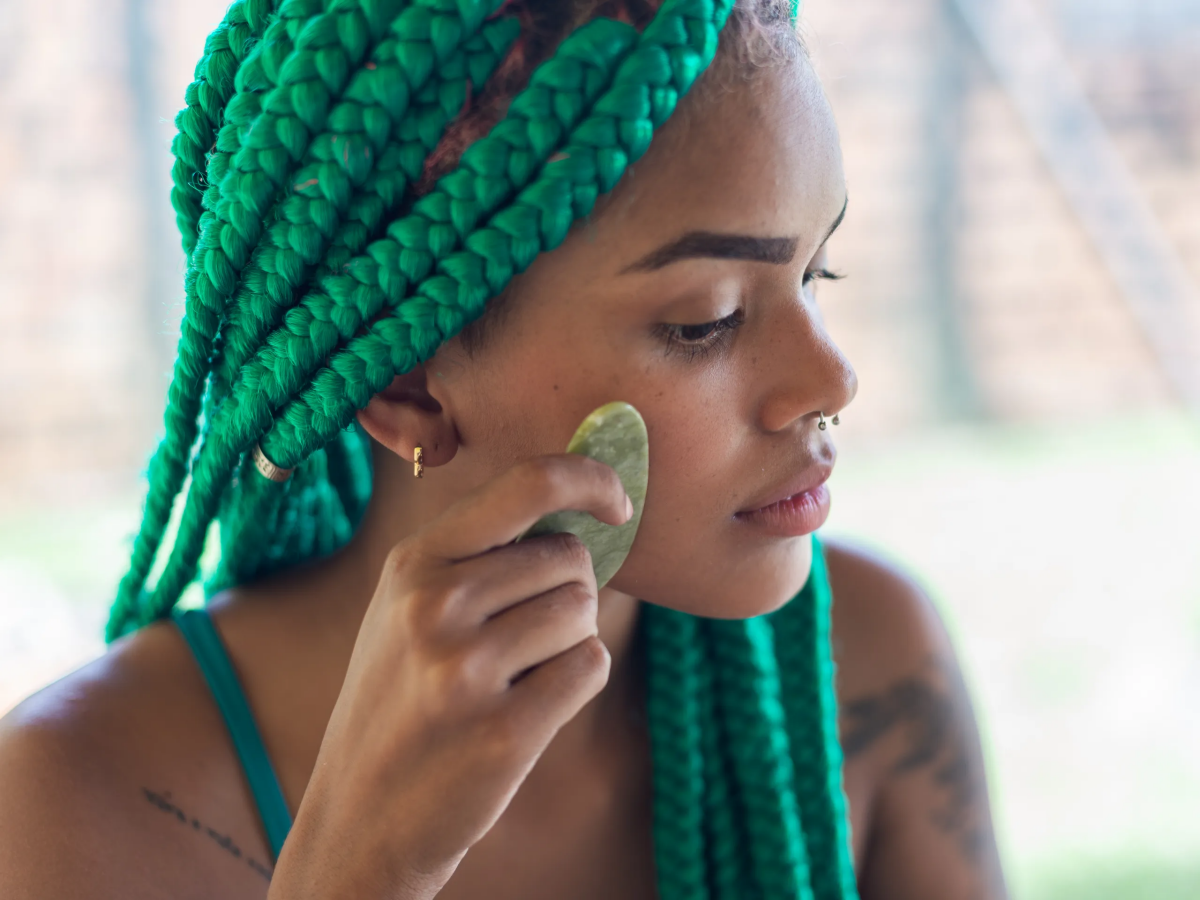
Here’s the key: the lymphatic vessels in your face are incredibly delicate and sit less than a millimeter beneath the surface. They’re designed to open up with a very light stretching of the skin. If you push too hard, you actually just collapse them. A forceful massage might feel like it’s doing something, but it’s mostly just squishing fluid around and can even cause inflammation—the exact opposite of what we want!
Properly trained MLD therapists use a pressure of just a few ounces. It’s a slow, rhythmic stretching motion done in a very specific sequence. We always start by clearing the major lymph nodes around the collarbone and neck. Why? Because if you don’t clear the main drain first, you’re just creating a traffic jam. It’s like trying to empty a sink when the main pipe is clogged.
What to Expect in a Real MLD Session
When someone comes to me for MLD—often for post-surgery recovery or just stubborn puffiness—the vibe is calm. My hands are clean and dry, because any oil or lotion would make my fingers slide instead of getting that gentle skin stretch we need.
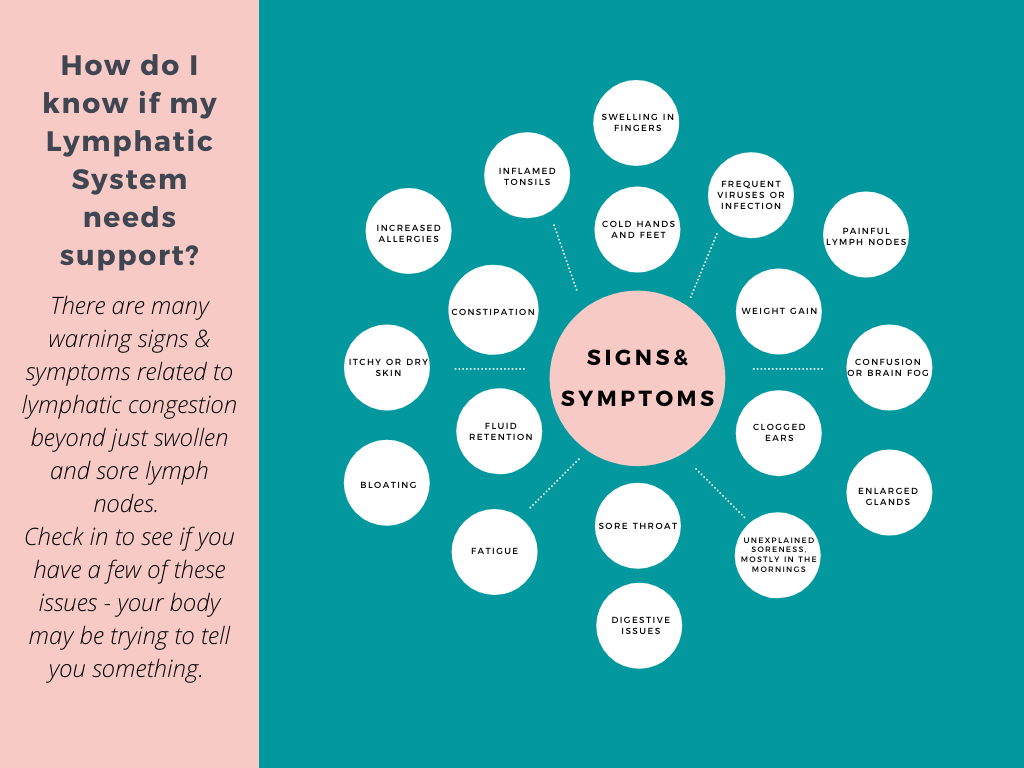
A session always follows a specific roadmap:
- Opening the Terminus: We start with super gentle, circular motions at the base of the neck to get the main drainage points ready.
- Clearing the Way: Next, we work on the nodes under the jawline.
- Facial Work: Only then do we move to the face itself, using feather-light strokes that guide fluid outward and downward toward those cleared pathways.
The whole thing takes about 45 to 60 minutes, and it’s so relaxing that most people fall asleep. They don’t feel much, but afterward, the results are obvious. The face looks less swollen, contours are more defined, and there’s a feeling of lightness. I once worked with a client recovering from nose surgery, and after just a few sessions, her bruising and swelling were dramatically reduced. That’s where MLD is a true therapeutic superstar.
Wait, So Is This Different From Gua Sha?
Yes! And this is a super important distinction. The popularity of Gua Sha is great for bringing awareness to lymphatic health, but using a stone tool at home is not the same as clinical MLD. Many people use way too much pressure, scraping the skin and causing redness. That creates inflammation, which is a step backward.
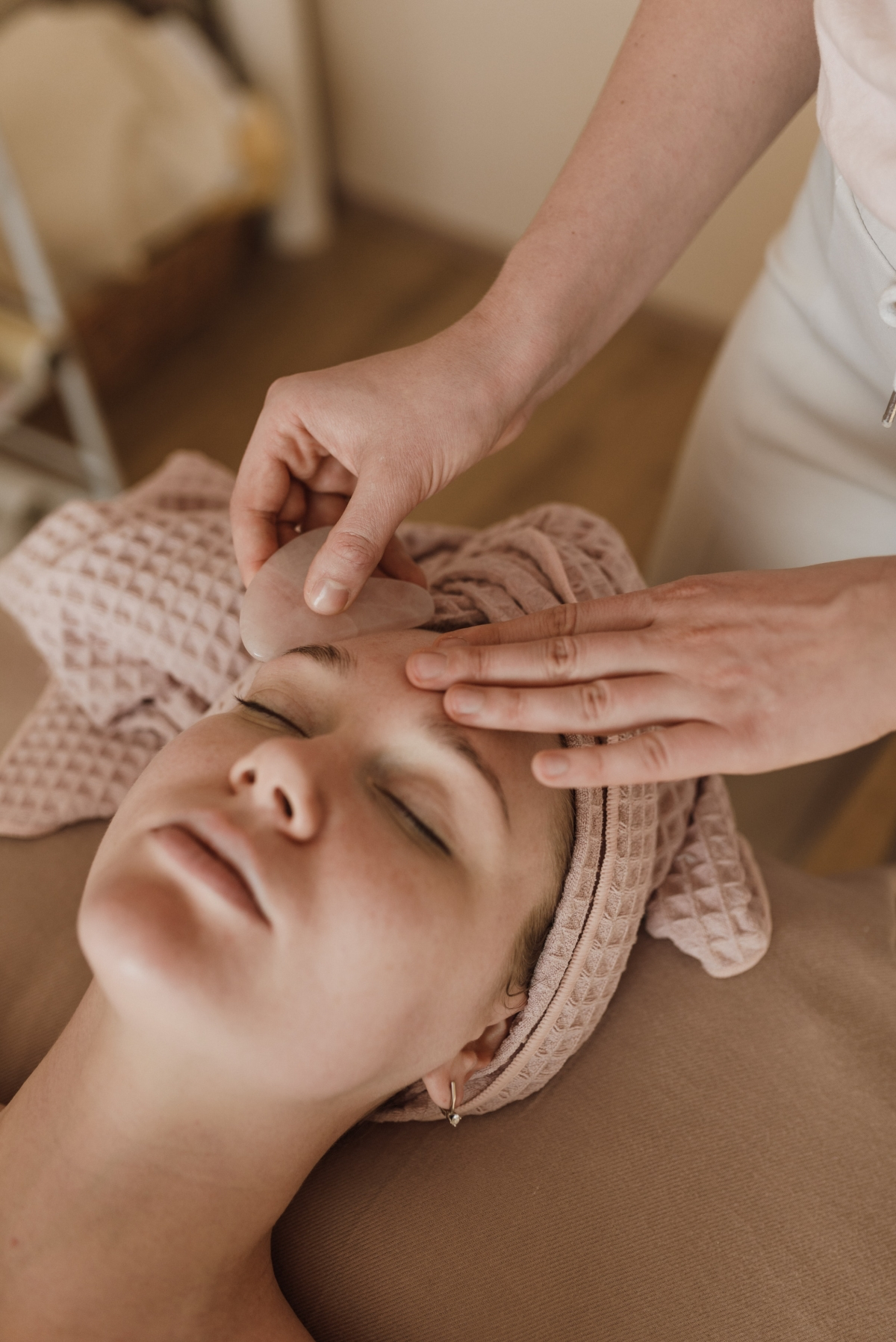
My advice? Think of at-home tools as a nice ritual for general wellness, not a targeted treatment. Use light pressure, always with a facial oil so the tool can glide, and never press hard enough to leave a mark. For true MLD, especially if you’re dealing with a medical issue or post-op swelling, you absolutely need to see a certified therapist. To find one, search for terms like “Vodder certified therapist” or “Leduc method practitioner” in your area. This is a specialized certification that requires hundreds of hours of training beyond a standard aesthetician license.
Quick Tip: You can give your lymphatic system a little nudge at home in under 60 seconds. Try this when you wake up: Gently tap your fingertips on your collarbones about ten times. Then, use the flats of your fingers to make five soft, sweeping motions down the sides of your neck, from just behind your ear to your collarbone. It’s a simple way to get things moving!
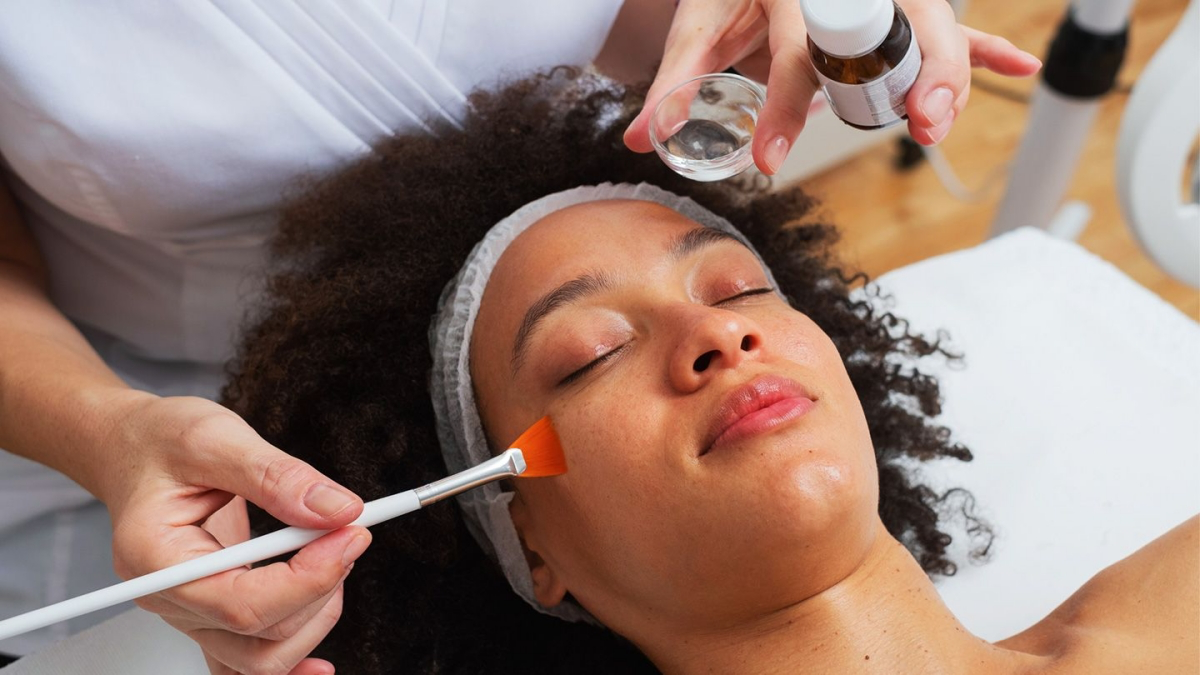
Who Is MLD For? (And Who Should Skip It?)
MLD is amazing for reducing puffiness, speeding up recovery after cosmetic procedures, and calming the skin. It can be a game-changer for people with rosacea or sensitive skin that can’t handle more aggressive treatments.
But heads up, it’s not for everyone. We have to be careful since we’re moving fluid that contains waste. We would never perform MLD on someone with an active infection, congestive heart failure, active blood clots, or certain active cancers without explicit clearance from their doctor. A true pro will always ask you about these things. If they don’t, that’s a big red flag.
The bottom line on cost: This is a specialized, hands-on treatment. Expect to pay between $90 and $250 for a professional session, depending on your location and the therapist’s expertise.
Dermaplaning + Chemical Peels: The Ultimate Resurfacing Duo
When clients complain about dullness, rough texture, or stubborn dark spots, this combination treatment is one of my go-to solutions. Think of it as a one-two punch: we first clear the surface physically, then we refine it chemically for an incredible glow.

How It Works: Physical & Chemical Exfoliation Together
Dermaplaning is a form of physical exfoliation. I use a sterile, single-use surgical blade held at a precise angle to gently scrape away the very top layer of dead skin cells and all of that fine, vellus hair (aka “peach fuzz”). This instantly brightens the skin and removes the gunk-trapping fuzz, creating a perfectly smooth canvas.
By the way, let’s bust a huge myth right now: No, your hair will NOT grow back thicker or darker. That’s biologically impossible. Vellus hair is soft and fine, and when we remove it, it grows back exactly as it was before. It might feel a little different at first simply because the tip is blunt, but it doesn’t change the hair’s structure.
Chemical Peels use acids, like glycolic or salicylic acid, to dissolve the “glue” that holds dead skin cells together. This encourages your skin to shed that old layer and ramps up the production of fresh, new cells underneath.
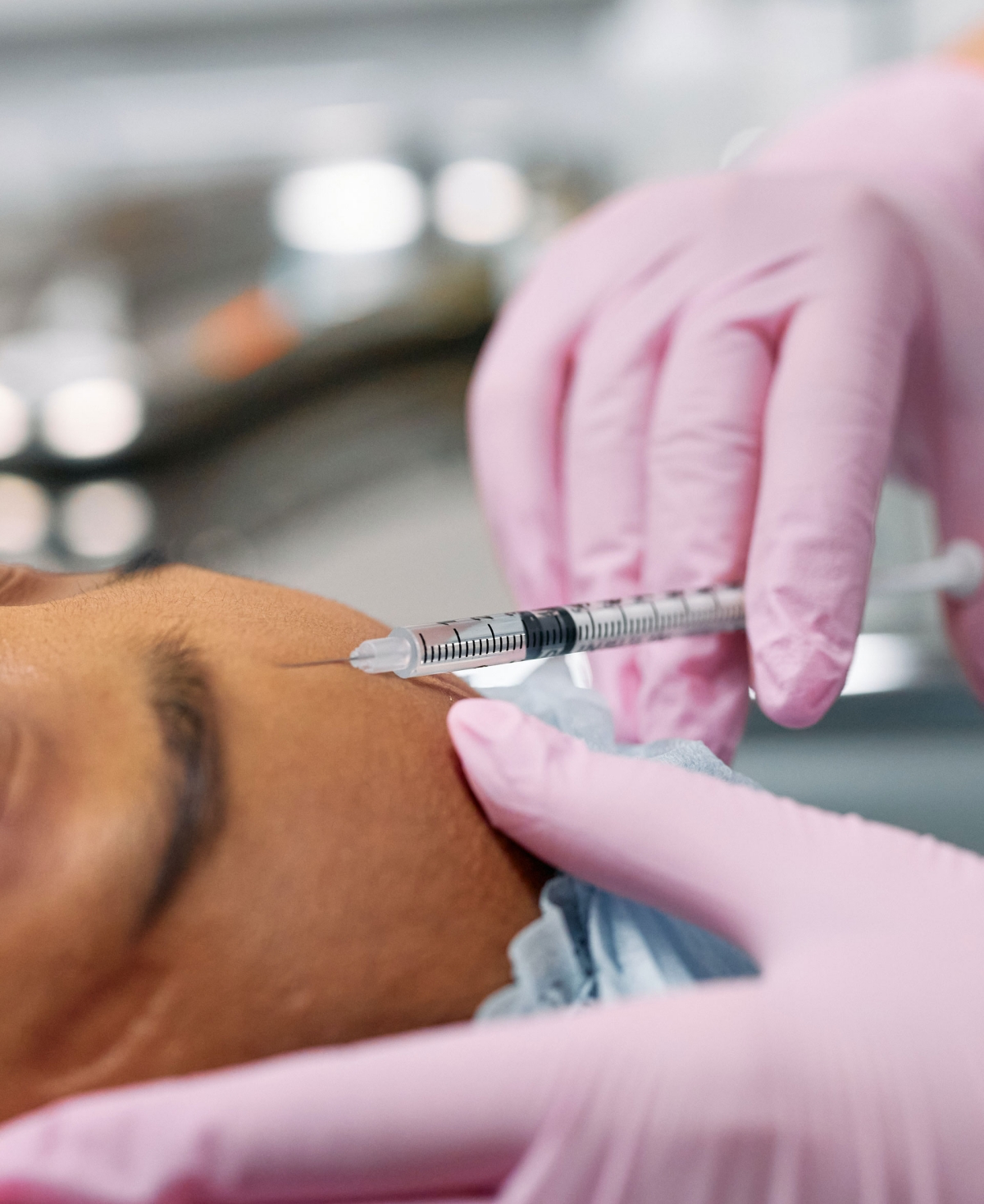
The magic happens when you combine them. By dermaplaning first, we remove that physical barrier of dead skin and hair. This allows the peel to sink in deeper and, more importantly, more evenly. The result is way more effective and predictable than doing either treatment on its own.
Inside a Pro Session: The Blade and the Peel
This is a treatment where technique is everything. Here’s how it goes down:
- Prep is everything. The skin has to be squeaky clean and totally dry. I double cleanse, then use a special solution to degrease the skin. Any oil left behind will mess up the whole process.
- Dermaplaning. Holding the skin taut, I use short, feather-like strokes with the blade. It makes a faint, whispering sound as it clears away dead skin. It’s incredibly satisfying.
- Peel Application. Right after, I apply the chemical peel. The client usually feels a tingly or “spicy” sensation. I watch the skin like a hawk for the right reaction, because leaving a peel on even 30 seconds too long can be the difference between a glow and a burn.
- Neutralize and Protect. I stop the acid with a neutralizing solution, then apply a calming serum and—the most important part—a thick layer of broad-spectrum SPF 50 sunscreen.
Who’s a great candidate? This is fantastic for dullness, rough texture, fine lines, and sun damage. However, I would turn away anyone with active, inflamed acne, rosacea, or very sensitive skin. It’s also a treatment that requires a cautious approach for darker skin tones, which can be more prone to post-inflammatory hyperpigmentation if the peel is too aggressive.
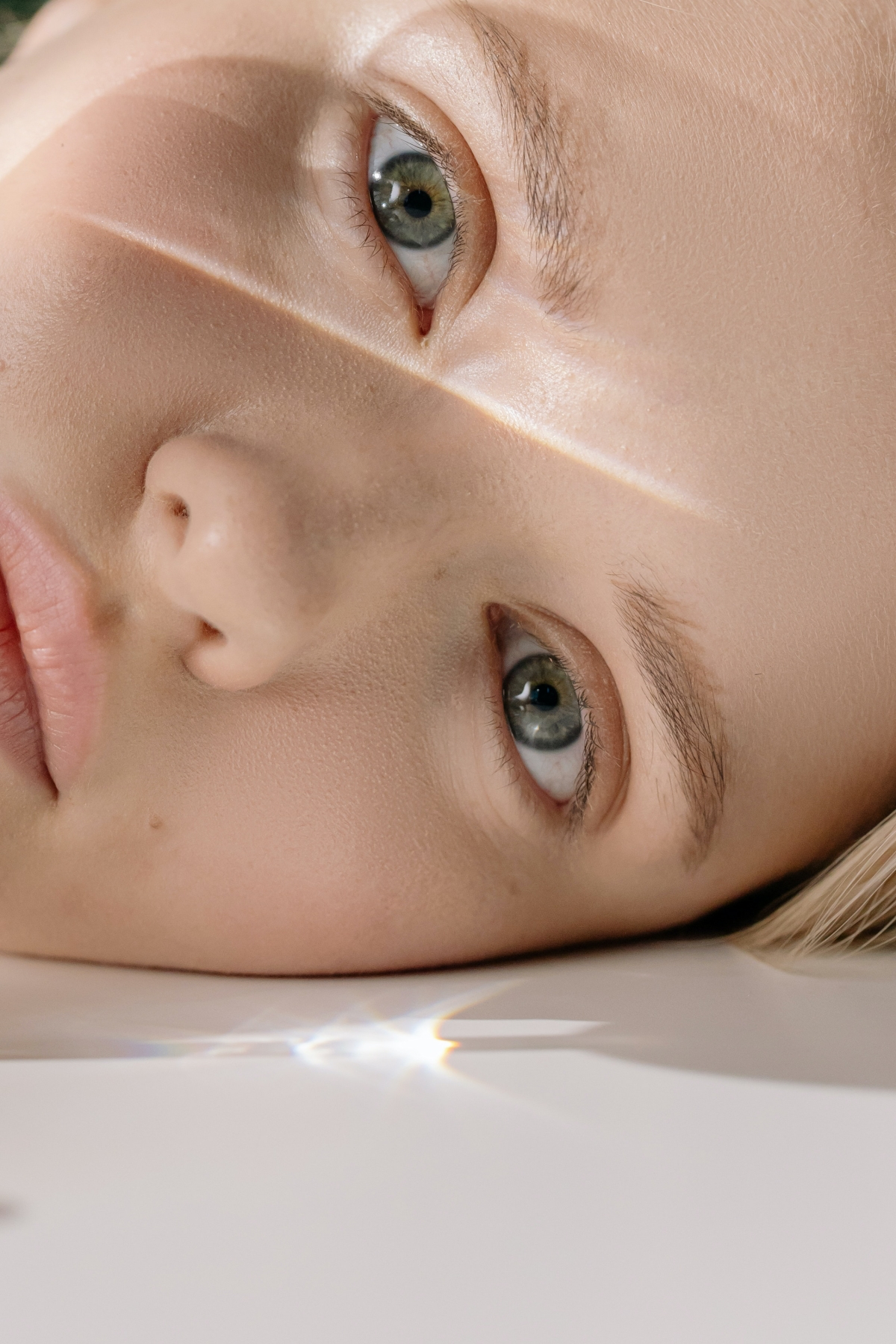
Heads up on downtime and cost: You might be a little pink afterward, but you can usually go right back to your day. Expect some light, feathery flaking around days three to five—this is normal and means it’s working! This is a results-driven treatment, so you’re looking at a price point between $175 and $400 per session.
Your biggest responsibility after this treatment is sun protection. I tell my clients point-blank: if you can’t commit to diligent sunscreen use for the next two weeks, you will waste your money and could even damage your skin. As for those at-home dermaplaning razors and online peels? Please be careful. Those little plastic tools can easily cause micro-tears and infection, and a peel that’s too strong for your skin type can cause serious chemical burns and permanent dark spots. It’s just not worth the risk.
Mesotherapy: Feeding Your Skin from Within
Now for a treatment that works on a completely different principle. While peels resurface and MLD decongests, Mesotherapy is all about delivering a potent cocktail of nutrients directly into your skin. Think of it as targeted nutrition, getting vitamins and hydrators exactly where they need to go to spark real change.

The Big Idea: Micro-Injections for Maximum Impact
Mesotherapy involves using a series of very fine, shallow injections to infuse a customized blend of ingredients into the mesoderm—the middle layer of your skin. This is the layer where cell repair and growth happens. By placing ingredients here directly, we bypass the skin’s protective outer barrier, which often stops topical products from reaching their full potential.
What’s in this “cocktail”? It’s always customized, but it typically includes a mix of:
- Hyaluronic Acid: For intense, deep hydration that plumps the skin from the inside out.
- Vitamins: Like Vitamin C for brightening and antioxidant protection, or B vitamins for cellular energy.
- Amino Acids & Peptides: The building blocks of collagen and elastin, crucial for firmness and structure.
- Minerals & Coenzymes: To support your skin’s natural metabolic functions.
The process stimulates the skin in two ways: through the physical micro-wounding of the needle (which triggers a healing and collagen-building response) and through the powerful action of the ingredients themselves.
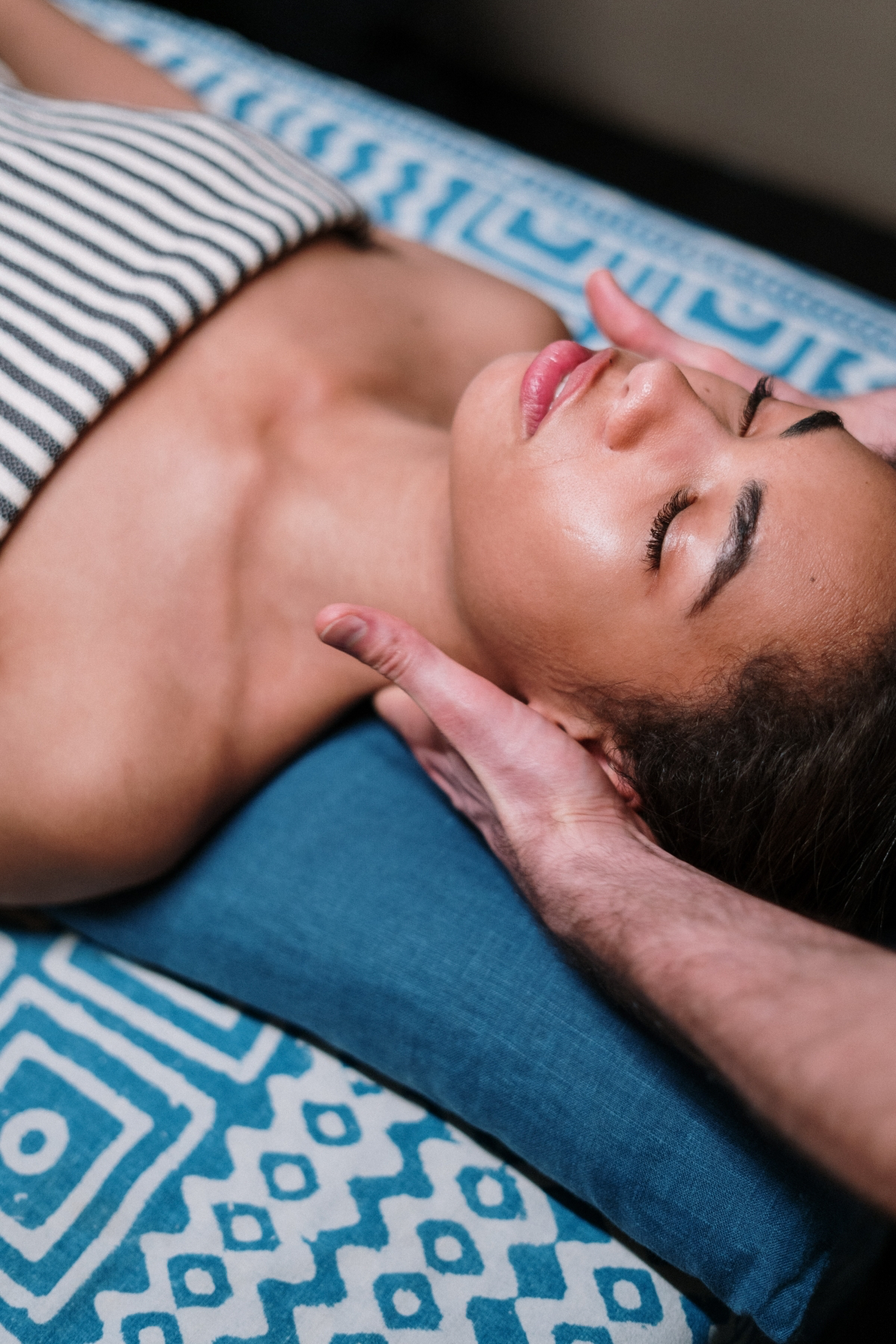
A Mesotherapy Session: What It’s Really Like
First, we talk. I need to know your goals. Are we targeting fine lines? Dehydration? A general lack of radiance? Based on that, I mix a unique formula for you. We cleanse the skin, and sometimes a topical numbing cream is applied for about 20-30 minutes to ensure you’re comfortable.
The injections themselves are very quick and feel like tiny pinpricks. I use a very fine needle to deliver small droplets of the solution across the treatment area—whether it’s the full face, neck, or under-eye area. The whole injection process might only take 15-20 minutes.
Afterward, your skin will likely be a bit red and may have some tiny bumps where the solution was injected. This usually calms down within a few hours to a day. The real results aren’t instantaneous; they build over the following weeks as the ingredients get to work and your skin starts to produce more collagen.
Who’s it for? Mesotherapy is a fantastic choice for anyone feeling like their skin is dehydrated, tired, or losing its elasticity. It’s amazing for restoring that
Inspirational Gallery with Photos
Should I stop my active skincare before a big treatment?
Absolutely. At least 5-7 days before a chemical peel or microneedling, pause all potent ingredients like retinoids (Retin-A, retinol), AHAs/BHAs (glycolic, salicylic acid), and vitamin C serums. These can increase sensitivity and interfere with the treatment process. Switch to a simple, gentle cleanser and a basic hydrating moisturizer like CeraVe. Your aesthetician’s work will be safer and more effective for it.
Your skin naturally renews itself approximately every 28-40 days, a process that slows with age.
This is precisely why a single facial, while a wonderful boost, doesn’t create lasting change. Professional treatments are designed to intervene in this cycle. A series of peels or mesotherapy sessions, spaced about a month apart, aligns with your skin’s own biological rhythm to create genuine structural improvements, not just a fleeting surface glow.
At-Home Microcurrent: A device like the NuFACE Trinity is fantastic for daily maintenance. It delivers a low-level electrical current to gently stimulate facial muscles, giving a temporary, subtle lift and improving tone over time.
Professional Microcurrent: In-clinic machines use a significantly stronger, more sophisticated waveform that an expert can manipulate to re-educate muscle groups for more dramatic and lasting contouring.
Think of it as a daily walk for your face (at home) versus an intensive session with a personal trainer (in-clinic).
- It kickstarts your cells’ mitochondria to produce more collagen and elastin.
- It significantly calms inflammation and reduces redness post-procedure.
- It can even destroy acne-causing bacteria without irritation.
The secret? LED Light Therapy. A professional panel, such as the Celluma PRO, uses specific, clinically-proven wavelengths of light (red for anti-aging, blue for acne) that are far more powerful than at-home masks. It’s the perfect add-on to supercharge any facial result.
The most valuable part of any treatment isn’t the machine or the vial of serum; it’s the 15-minute conversation beforehand. A top-tier professional will ask about your lifestyle, stress, diet, and goals before their hands ever touch your face. If an appointment feels like a drive-thru where you just pick a service from a menu, it’s a red flag. True skin transformation is always a partnership.
The one non-negotiable rule: After any treatment that works on the skin’s surface—be it a peel, microneedling, or even some lasers—your skin’s natural UV defenses are temporarily compromised. Applying a broad-spectrum SPF 50, like EltaMD UV Clear or a tinted mineral formula from ISDIN, isn’t just a suggestion. It’s a critical command to protect your investment and prevent new pigmentation from forming.
Think of your home routine as the daily conditioning that maintains the results of your in-clinic ‘workout.’ The right ingredients are crucial to support the work your aesthetician does.
- A potent antioxidant serum: A daily Vitamin C, like the gold-standard SkinCeuticals C E Ferulic, protects against the very environmental damage a peel works to correct.
- A restorative lotion: The cult-favorite P50 lotion by Biologique Recherche helps maintain exfoliation and balance between appointments, though it must be paused pre- and post-treatment.
- Invest in treatments, but save on cleansers. A professional procedure achieves more than a year’s worth of a luxury face wash.
- Prioritize your budget for a high-quality ‘leave-on’ serum and a daily sunscreen. These products work the hardest.
- Ask your aesthetician about treatment packages. Buying a series of 3 or 6 sessions is almost always more cost-effective.
Don’t underestimate the power of touch. Beyond the technical benefits of MLD, the gentle, rhythmic, and repetitive nature of the movements has a profound effect on the nervous system. It can shift you from a ‘fight-or-flight’ state to a ‘rest-and-digest’ one, lowering cortisol and creating the ideal internal environment for skin healing.










